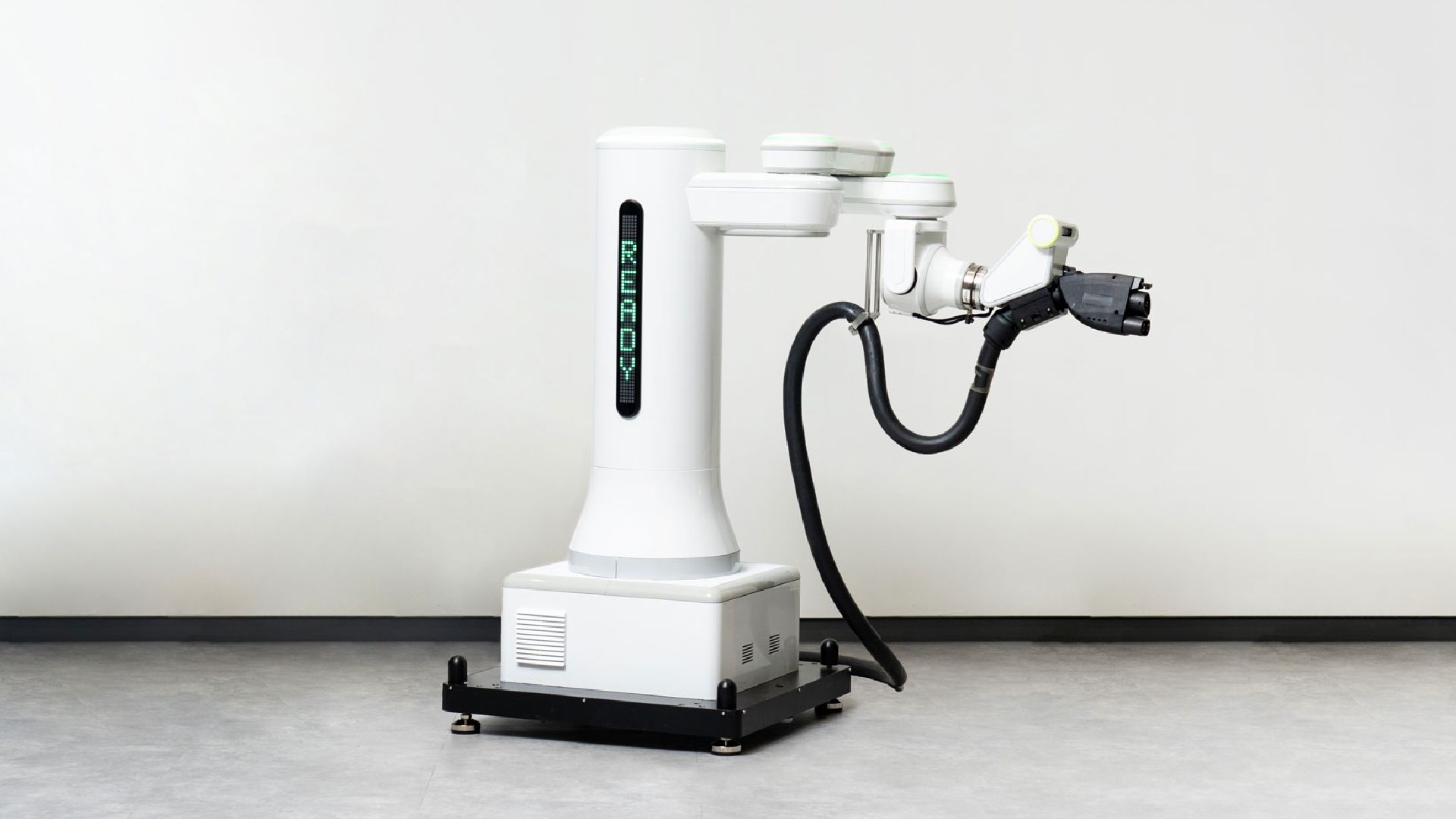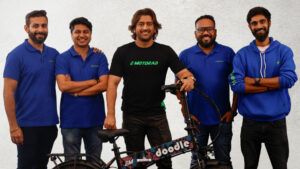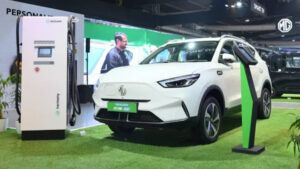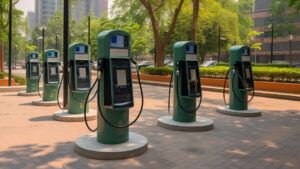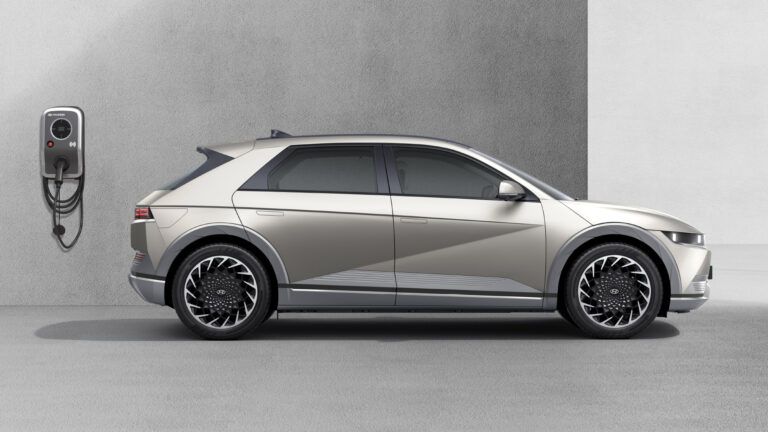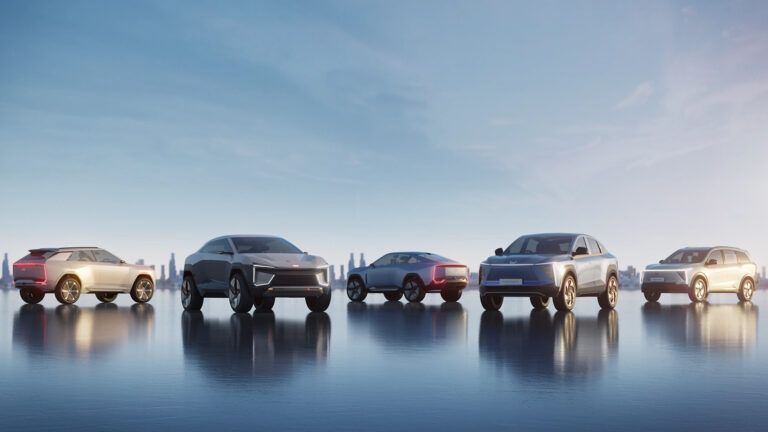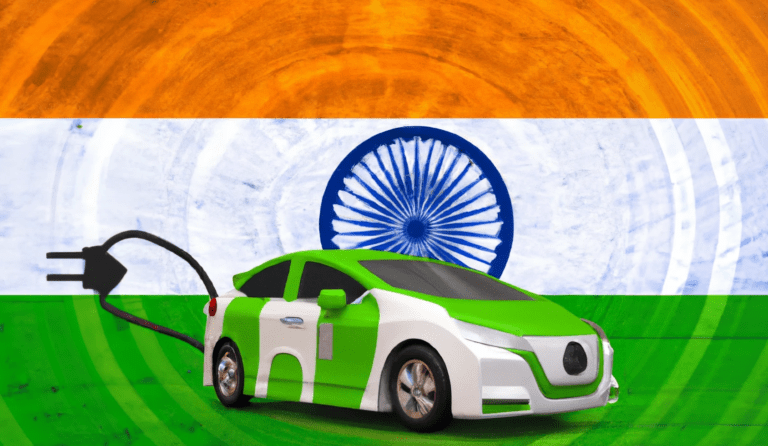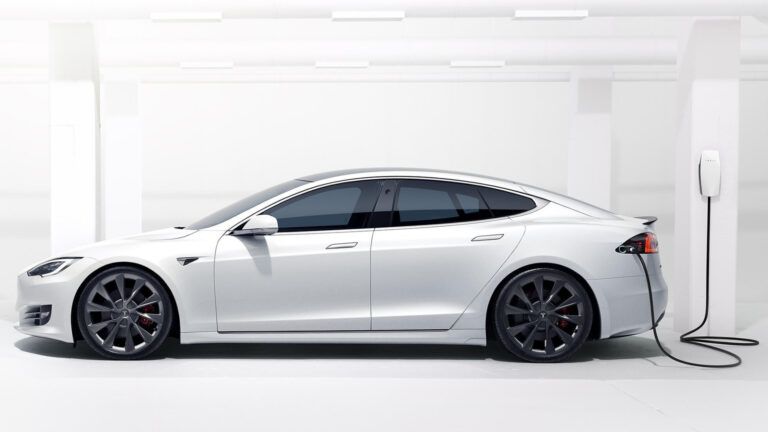Imagine getting off your electric car close to a charging station and the car and the EV charger taking care of the charging process by themselves. That is how Hyundai imagines the future of electric vehicles if its recent efforts are to be believed. The company has come up with an Automatic Charging Robot or ACR for EVs and has now released a real-world video of the technology in action.
Just as the name suggests, the ACR is a robot capable of charging your electric car, without any input from a driver or an attendant. For this, the ACR is equipped with a robotic arm that identifies the charging port on the car and extends to plug in the EV charger. Once the charging is complete, the ACR even removes the charger from the EV by its own. The owner of the EV can stay on top of the entire charging process through real-time updates on the associated app.
The robot may seem an attempt in vain, meant to automate quite a menial task. Though we have all seen those online videos of EV owners struggling to put their electric cars to charge. Some are unable to find the port, others can’t open the flap on the port, and some are simply unable to plug the charger in properly, often resulting in damage to the EV charger. It seems like Hyundai wants to do away with such issues altogether with the ACR.
The new video by Hyundai shows the Automatic Charging Robot in action in Seoul, the capital city of its home country South Korea. In the video, a Hyundai Ioniq 6 can be seen parking autonomously in an EV charging bay. The remote-controlled parking is yet another convenience that Hyundai demonstrates in the video, eliminating the need for drivers to park the cars themselves. Just get near the charging spot and get off the car, then control it through your remote to back it up against the charging bay. It is also meant to let drivers off their cars in areas of tight parking spaces.
Once the car is stationary, the ACR communicates with the vehicle to open its charging port. It calculates the exact location and angle of the car through a camera mounted inside. The robot then picks up the charger and fastens it to the vehicle’s charging port, thus starting the charging session. Once charging is complete, the robot removes the charger, returns it to its rightful place, and closes the cover of the vehicle’s charging port, all by itself. The owner simply gets a notification on his/ her phone that the EV charging is complete.
You can check out the video here:
Hyundai’s Automatic Charging Robot: Is there a need?
Well, yes. Especially in scenarios where the driver of an EV suffers from mobility barriers. Old age or physical disabilities can make a simple process like lifting the EV charging cable and plugging it into the car quite tough for people, especially “as charging cables become thicker and heavier to enable high-speed charging,” points out Dong Jin Hyun, Head of Robotics Lab, Hyundai Motor Group. Countries that mostly rely on human labour have a simple alternative for this – a human attendant at the charging station, just as we see at fuel pumps in India. However, nations, where drivers are themselves responsible for refueling their cars, do have a use case for Hyundai’s technology.
This is not the first time that Hyundai has showcased the ACR to the world. The technology was first unveiled in July last year, through a CGI video. The new video is the first real-world footage of the charging robot in action. And it seems like Hyundai has made it foolproof in every aspect. The robot can work in the dark, under the rain, in dust, or in any other extreme environment. In addition, the engineers at Hyundai have even installed a safety pole with a built-in laser sensor around the robot to prevent possible accidents by enabling it to detect stationary and moving obstacles.
The Automatic Charging Robot will be on display at Hyundai Motor’s exhibition booth during the 2023 Seoul Mobility Show. It will be interesting to how the company implements the technology on its charging stations in the time to come.

